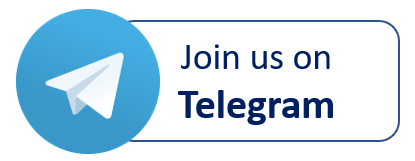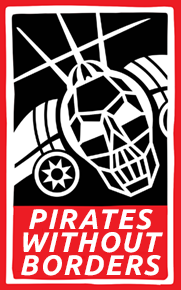
News Link • How To
A Stealth Fighter Pilot's Timeless Rules For Making Tough Decisions
• https://www.zerohedge.com, by Rebecca DayBut it can sometimes be hard to know if you're making the right call amid a sea of options. Or maybe too much information causes you to forgo a decision, sometimes referred to as "analysis paralysis." U.S. Air Force pilot Hasard Lee tackles these common problems and teaches us an easy-to-apply, well-rounded system full of effective solutions with his book, "The Art of Clear Thinking: A Stealth Fighter Pilot's Timeless Rules for Making Tough Decisions." And as an experienced combat pilot and instructor, no one is better equipped to teach clear thinking and quick decision-making than Lee.
His book offers a contemporary approach to timeless wisdom. The nonfiction work incorporates practical tips and methods that are immediately applicable to a range of situations, from business decisions to everyday problems. But before Mr. Lee explains just how we can learn to think better, he first takes us into the high-speed professional life of a fighter pilot.
An Exhilarating Read
From dogfights during some of combat's most hazardous conditions to training sessions as one of the Air Force's most skilled pilots, Lee's extensive experience flying the world's most complex combat jets, including the F-16 and F-35, is highly impressive. Through his debut book, he helps readers see that the pressure and chaotic environments he's lived through are highly relatable.
Several of the book's chapters begin with anecdotes of some of Lee's most high-stakes missions. These riveting, eye-opening stories offer a bird's-eye view of what it's like to be an Air Force fighter pilot in the U.S. military. And this unique author experience is what sets "The Art of Clear Thinking" apart from the rest.
He takes us back in time to some of history's most historic battles, including the American military's invasion of Normandy on June 6, 1944. As it turns out, this historic mission was supposed to happen the day before. However, Royal Air Force Captain and meteorologist James Stagg, who worked closely with President Eisenhower during the mission, noticed weather radar had picked up stormy conditions that would directly affect the operation. The high winds alone, making the sea especially choppy, would make it tough for landing craft to successfully reach Normandy's coastline. Heavy cloud coverage would also make navigation difficult for aircraft. A tough call had to be made. Troops needed to be instructed to either go forward with the mission despite inclement weather or postpone it to June 6, when a possible break in the storm was forecast.
































